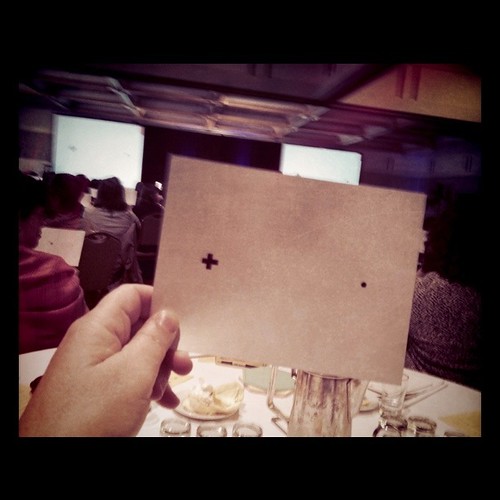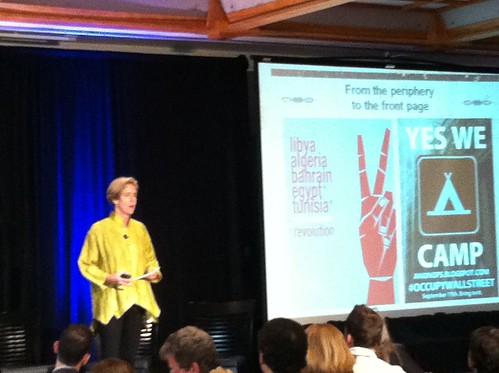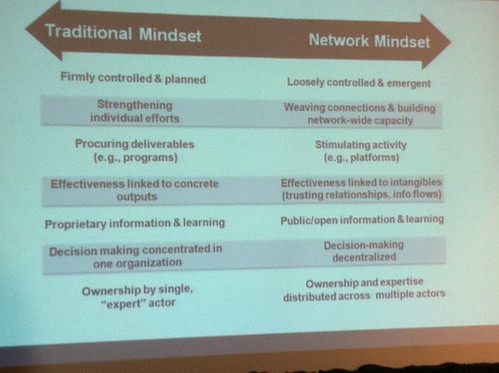
The morning plenary for A Grantmakers’ Gathering on Networks was designed to deliver robust, thought-provoking content for grantmakers who want to use a networked approach for the strategy as well as time for people to make connections with others and process and apply these new ideas.

After a welcome by Kathleen Enright, President and CEO of Grantmakers for Effective Organizations, Diana Scearce, Monitor Institute was our facilitator. She immediately had us moving around and introducing ourselves to new people, reflecting on our experience in both personal and professional networks. Each table was called the “Home Team” and after the various exercises we came back to home team to process and reflect.

Next, Kathleen Fulton,Monitor Institute, offered some thought-provoking framing for the day (the key points captured in tweets here), beginning with a simple fact that in 2020, 40% of the world’s population will have grown up as digital natives, not knowing what it was like not to have the Internet or Facebook. She talked about the implications of that and the different way of working – through networks. She also traced the history of nonprofit capacity building field and how the unit of analysis needs to change – from that of organizations to networks.

She challenged the room full of funders to change their mindset. She lead us through an exercise with the dot and the cross (the photo above) that literally showed us our blindspot, saying “Your blindspot might be someone else’s cherished insight.”
Video streaming by Ustream
Next, there was a panel discussion that was live streamed on ustream, modeling transparency. The session was moderated by Kathleen Enright with Stephanie McAuliffe, The David and Lucile Packard Foundation; Steve Downs, Robert Wood Johnson Foundation; Rafael Lopez, The Annie E. Casey Foundation; and Chris van Bergerijk, Hawaii Community Foundation. They key points in tweets can be found here. They acknowledged that building networks takes time and care, especially not to impose organizational centric ways of working. Stephanie pointed to the tension between experimentation and being strategic.
Beth Kanter is a consultant, author, influencer. virtual trainer & nonprofit innovator in digital transformation & workplace wellbeing.
